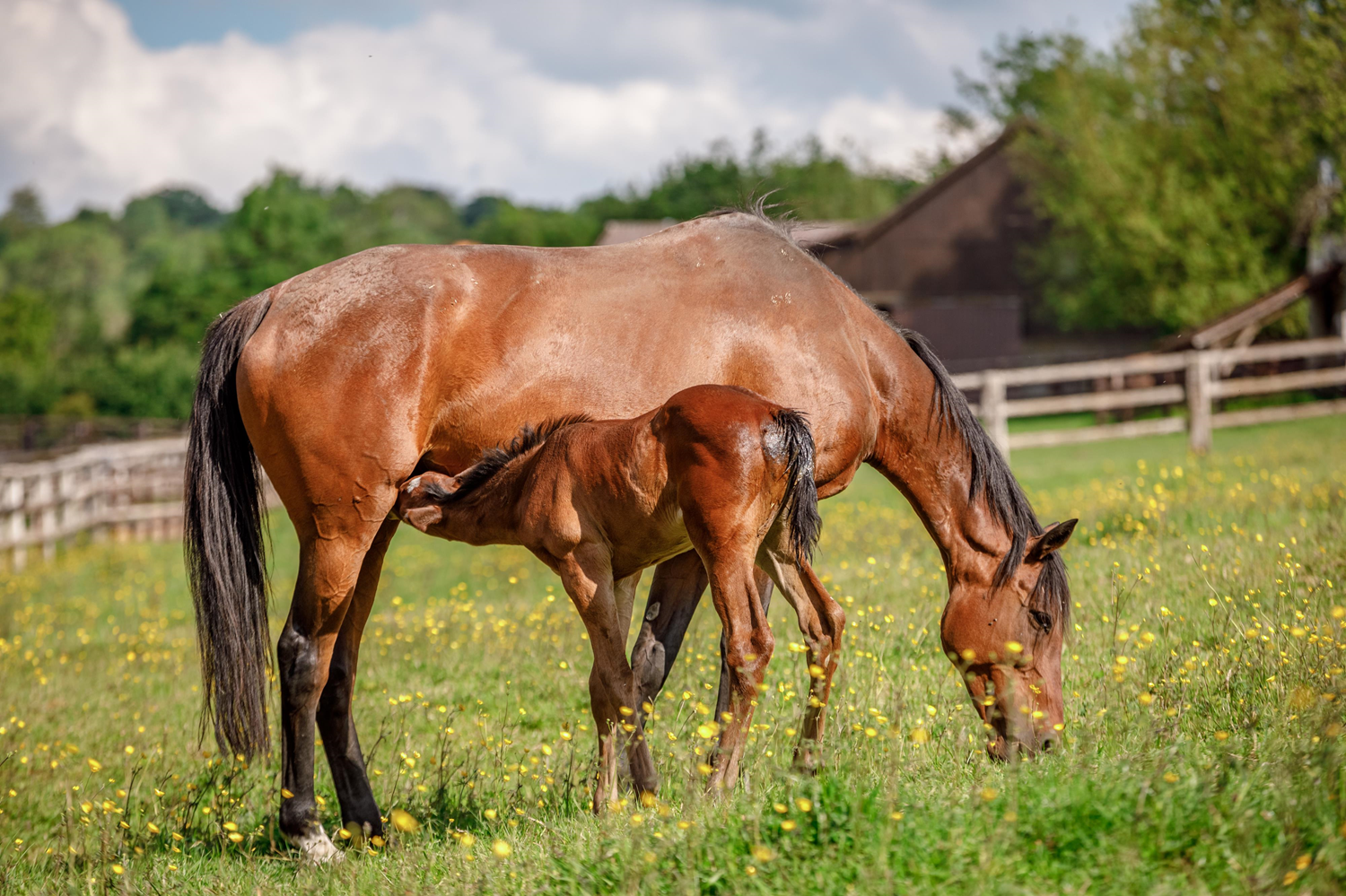Before you go any further...
I've read and accept the Terms of Use and the Privacy Policy.
I accept to receive newsletter and other communications associated with firms of The Explorers Network group'
I accept to receive commercial offers of The Explorers Network partners'.
Thanks!
Vote everyday for your favorite content
SENSITIVE CONTENT
This media contains sensitive content which some people may find disturbing or offensive.
You must be 15 years of age or older to view sensitive content.
Log inBirthday
Content being validated
THE EXPLORERS +
Watch our premium movies
The Explorers + is our premium movie catalog in Ultra High Definition (HD/4K/8K)! Hundreds of videos already available and daily new content on all your devices (web, mobile, tablets, smart TV).
Post content (photo or video) and get 1-month free
OR
Subscribe and support The Explorers Foundation's field actions for biodiversity.

Content being validated
A human intervention in natural processes
0
0
In the wild, mares only wean their foal after giving birth to the next. It is, therefore, the newborn that gently chases away the yearling that remains close to its mother and her new offspring. Breeders, on the other hand, separate the foals from their mothers at around six months of age. Thoroughbreds - like those of the Haras des Étincelles in the Calvados department - are weaned at five months, Selle Français at five or six months, and draft horses at six or seven months. Weaning foals earlier on farms helps preserve the mares that carry a foal each year. Their two small udders containing much less milk than those of cows, foals suckle forty to seventy times a day at the start of their growth and still twenty times a day at the age of six months.
Related content

Médias en cours d’exploration

